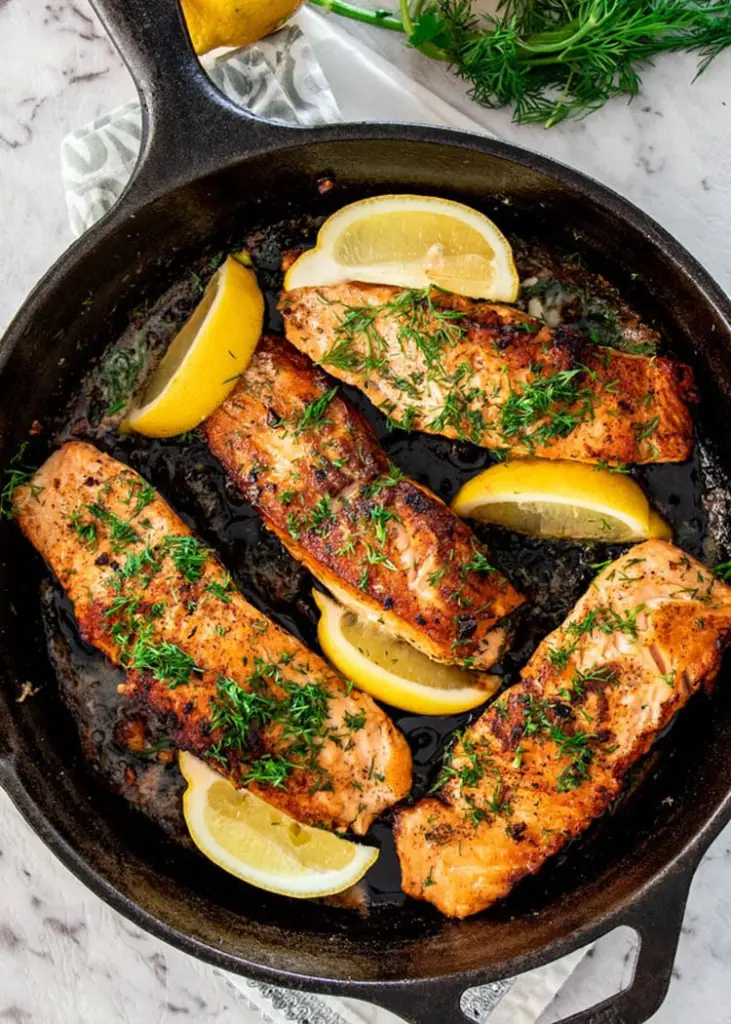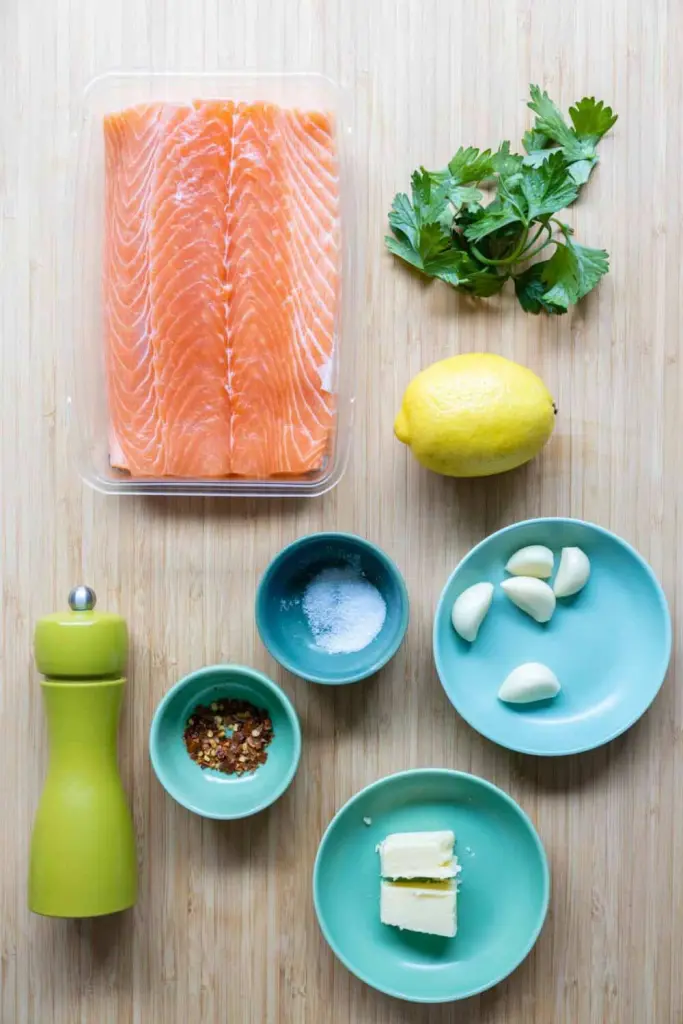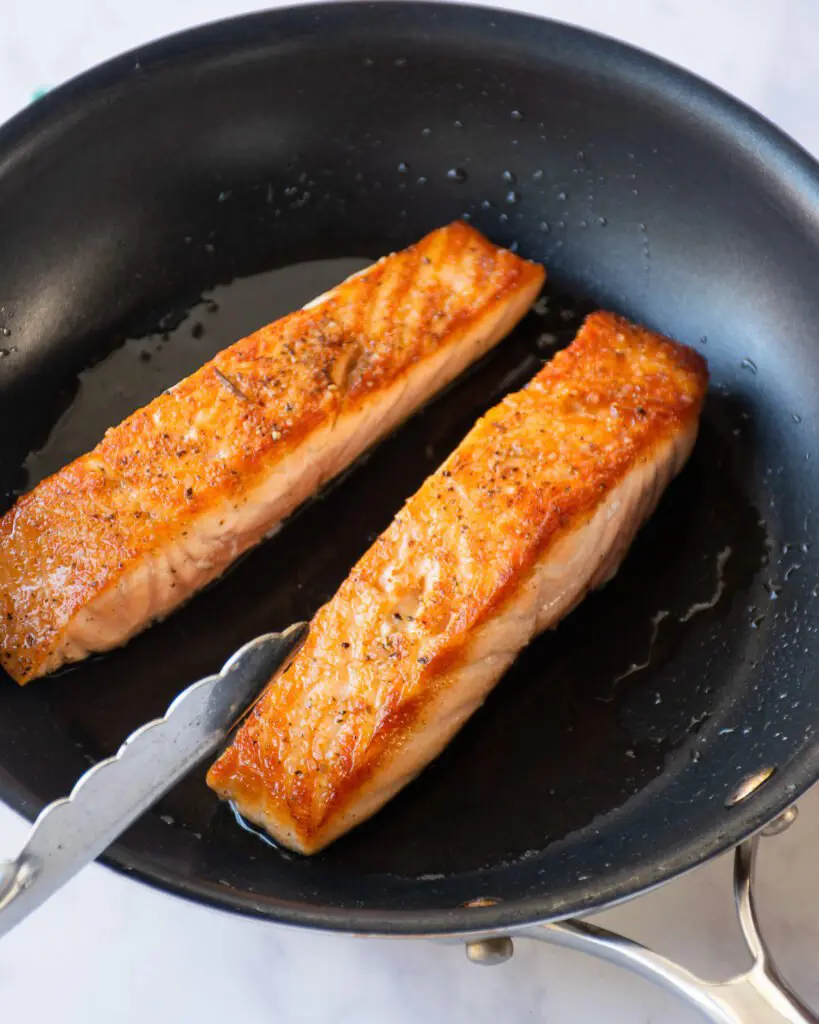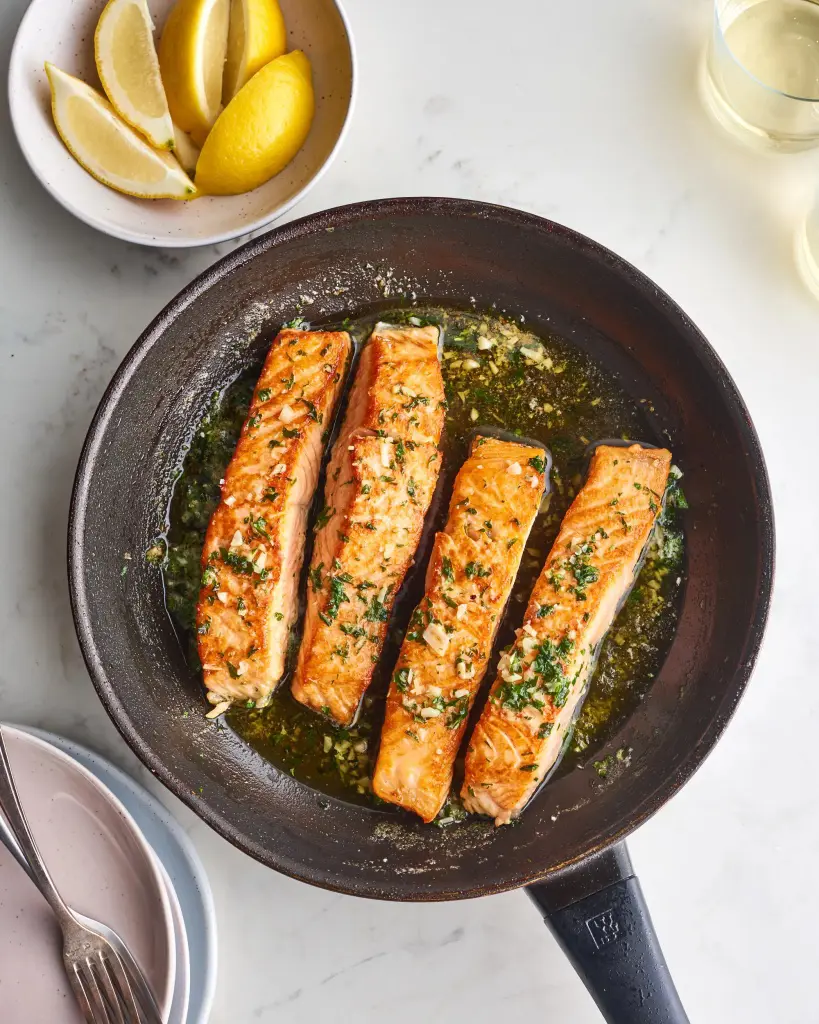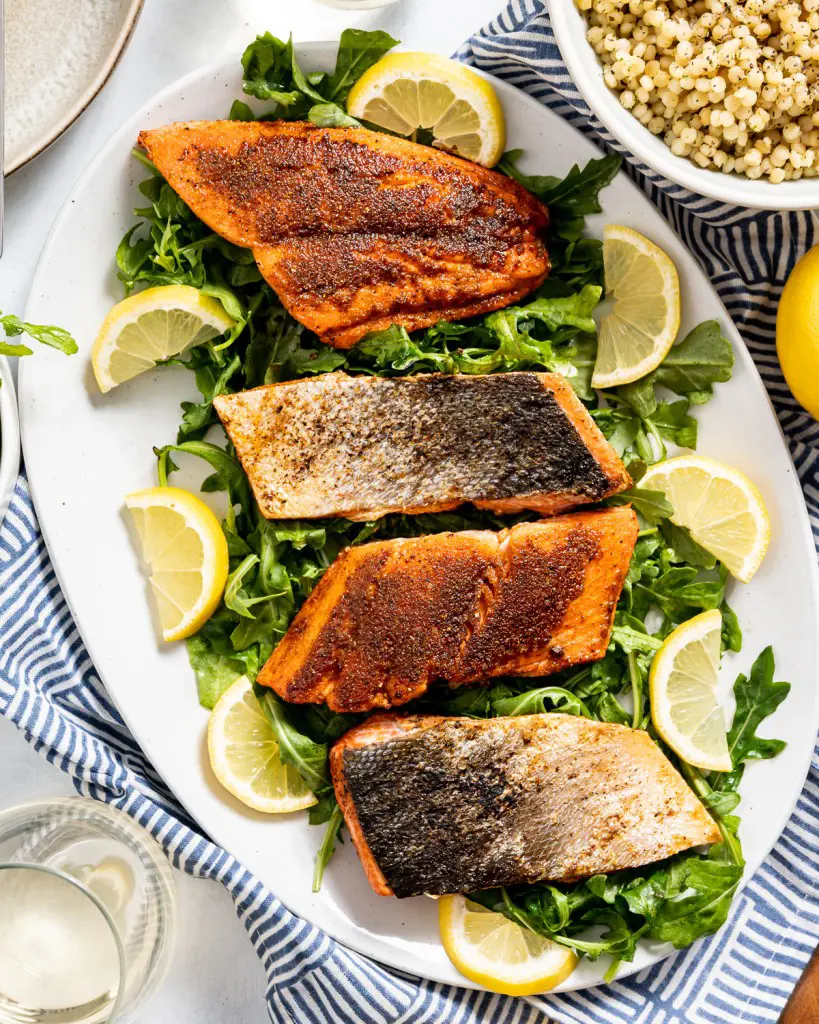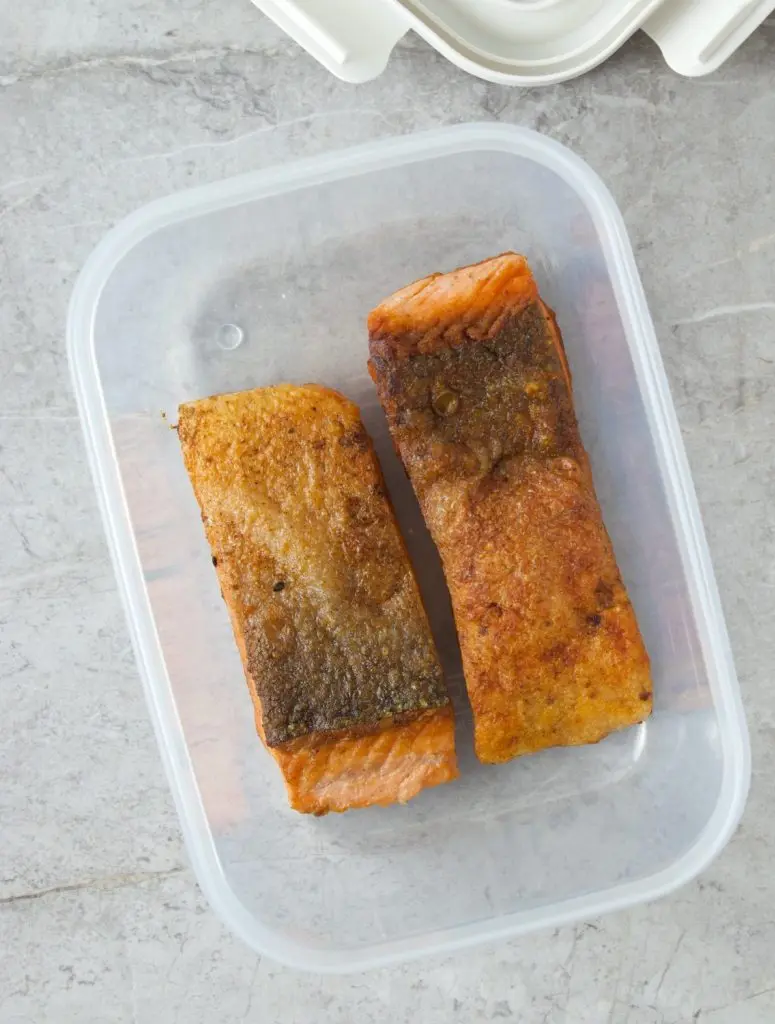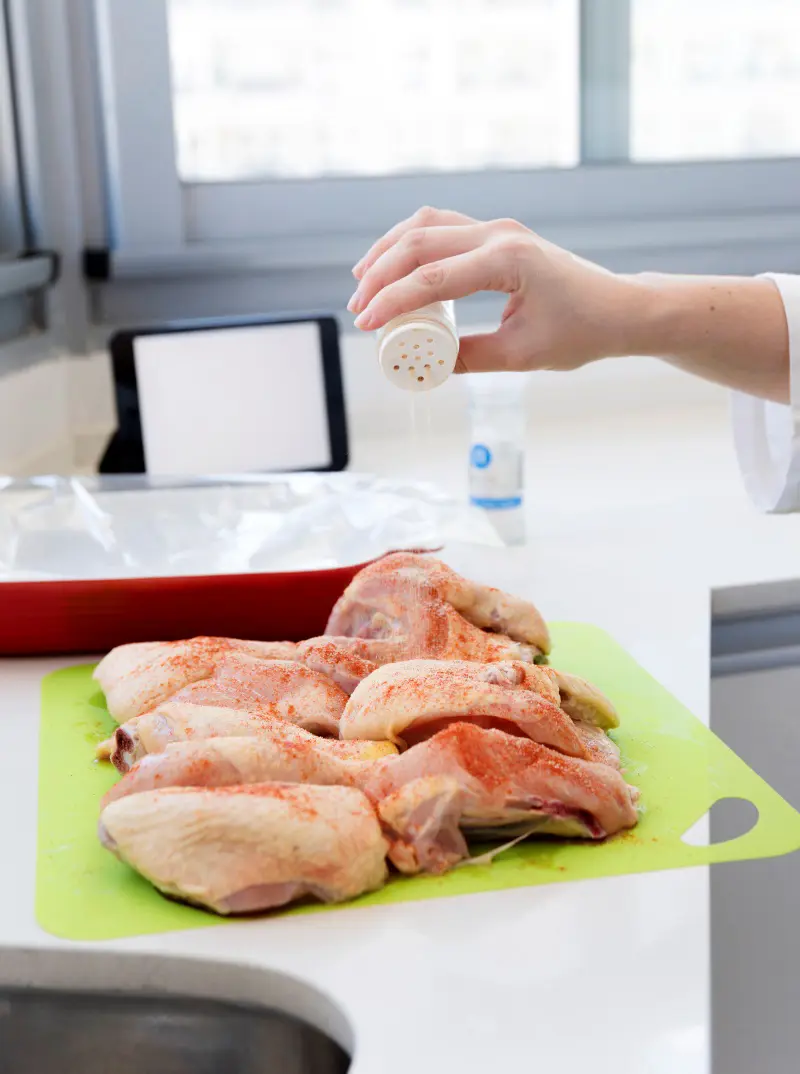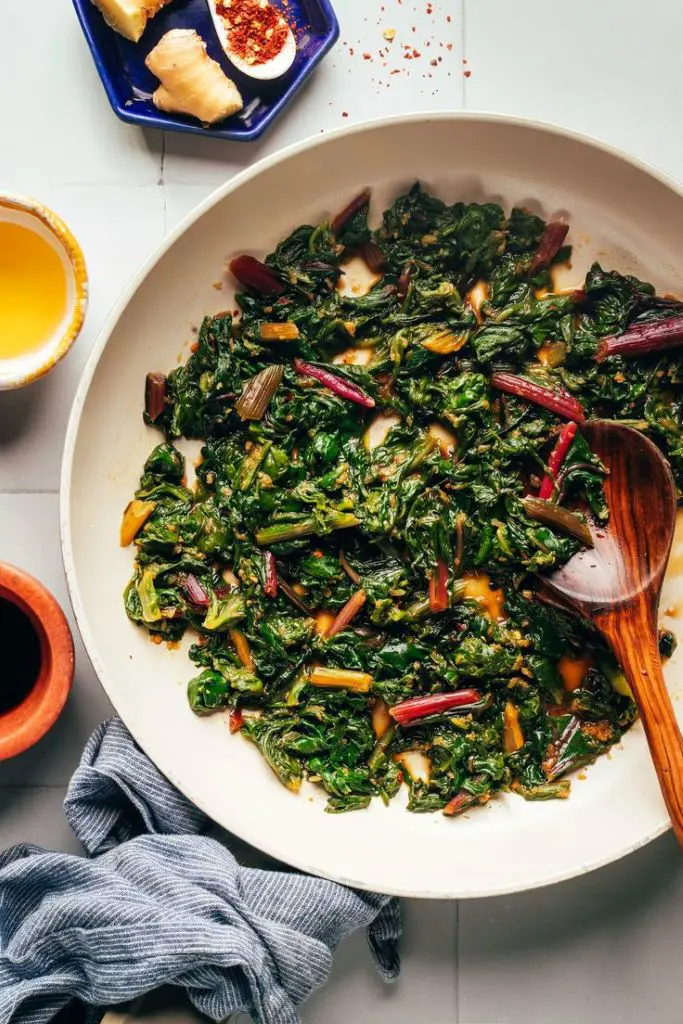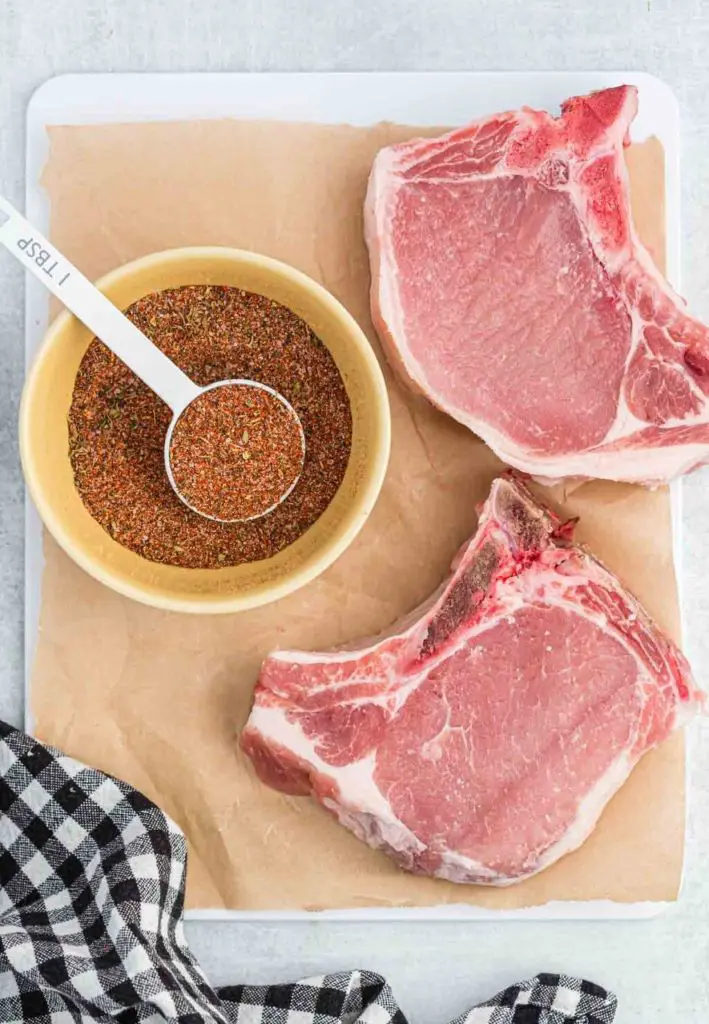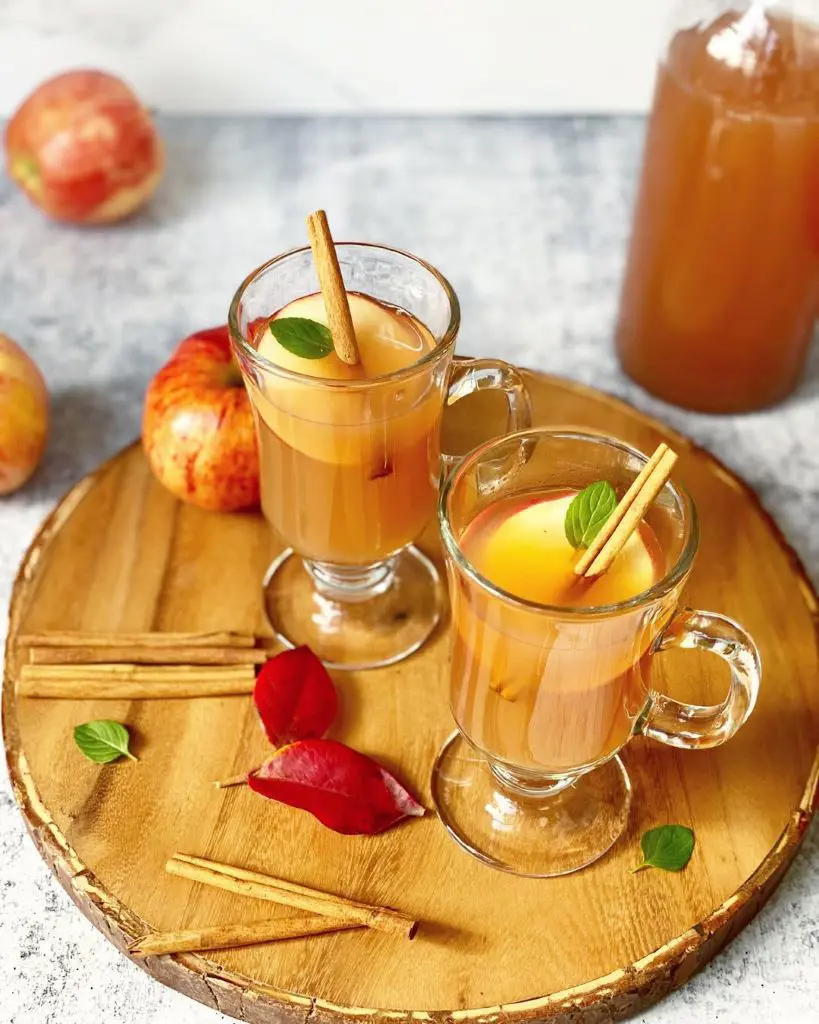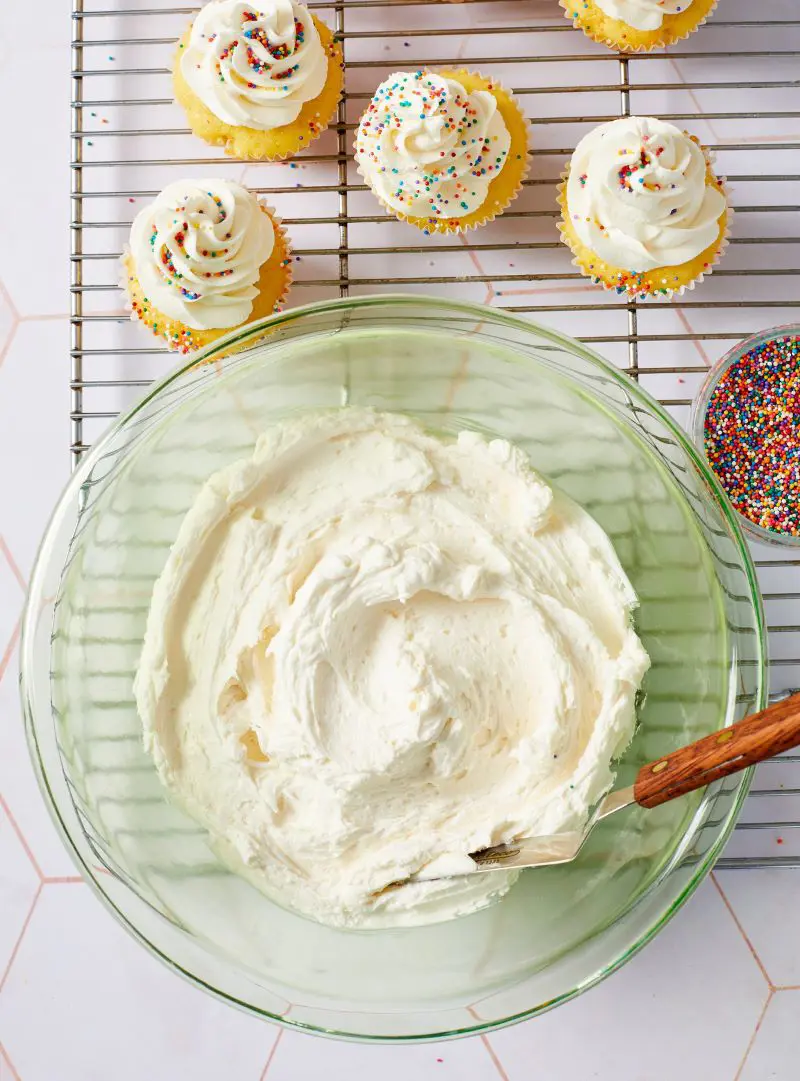Ingredients Required For Searing Salmon In A Pan
To make delicious pan-sauteed salmon you'll need these simple ingredients:
Salmon Fillets
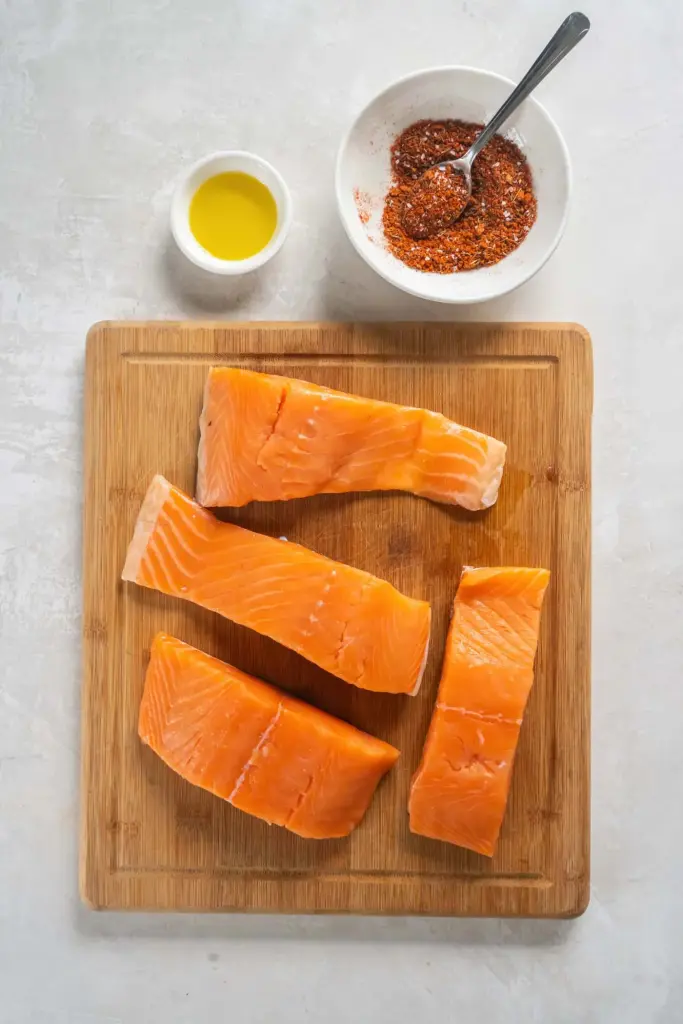
Choose skin-on fillets for the best results. The skin becomes wonderfully crispy when pan-fried, adding texture and flavor. Aim for fillets that are about 6 ounces each and of even thickness for consistent cooking.
Kosher Salt
Kosher salt enhances the natural flavors of the salmon. It helps to bring out the fish's taste without overpowering it. The coarse texture of kosher salt also makes it easier to control the amount you're using when seasoning the fish.
Black Pepper
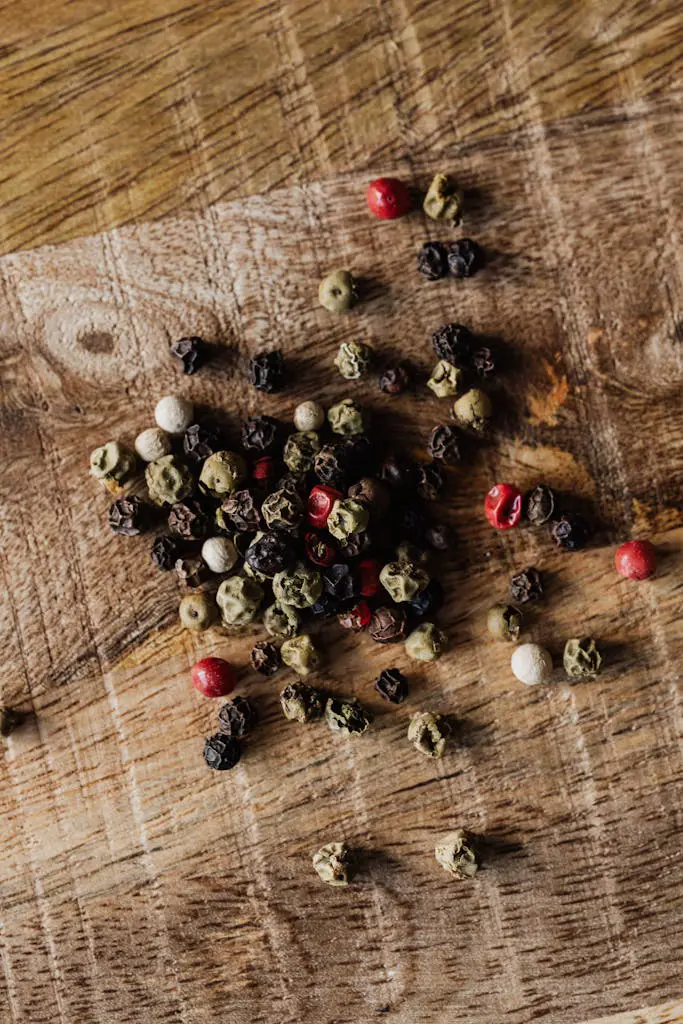
Black pepper adds a mild heat and complements the fish well. It provides a subtle spiciness that enhances the overall flavor profile of the dish without overpowering the delicate taste of the salmon.
Garlic Powder
Garlic powder provides a savory note without the risk of burning that fresh garlic might have. It offers a consistent garlic flavor throughout the dish and blends well with the other seasonings.
Dried Thyme
This seasoning offers a subtle, earthy flavor that pairs nicely with salmon. It adds a hint of herbaceous aroma and taste, complementing the fish's natural flavors without dominating them.
Olive Oil And Butter
Olive oil has a higher smoke point, making it suitable for pan-frying at higher temperatures. It helps to create a crispy exterior on the salmon without burning. Whereas, Butter adds richness and helps with browning. It contributes a creamy flavor and assists in achieving a golden-brown crust on the salmon.
Lemon Slices
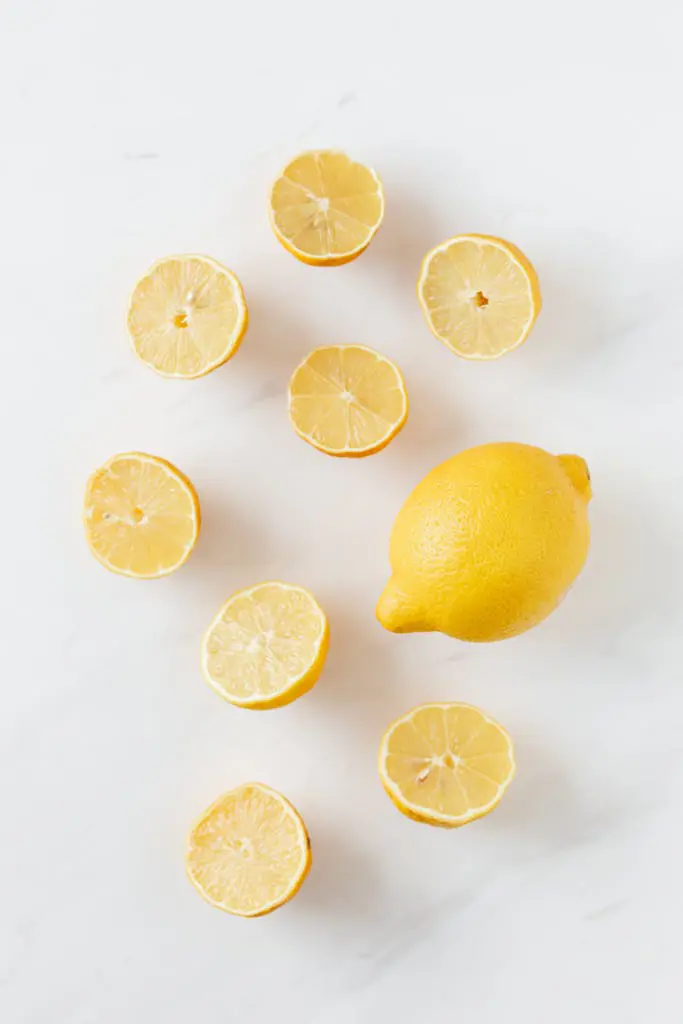
Lemon slices add a bright, citrusy flavor and can be served alongside or squeezed over the cooked salmon. The acidity of the lemon helps to cut through the richness of the fish and enhance its taste.
Chopped Parsley
Chopped parsley provides a fresh flavor and appealing color contrast. It adds a pop of green to the dish, making it more visually attractive, and contributes a light, herbaceous note that complements the salmon.
